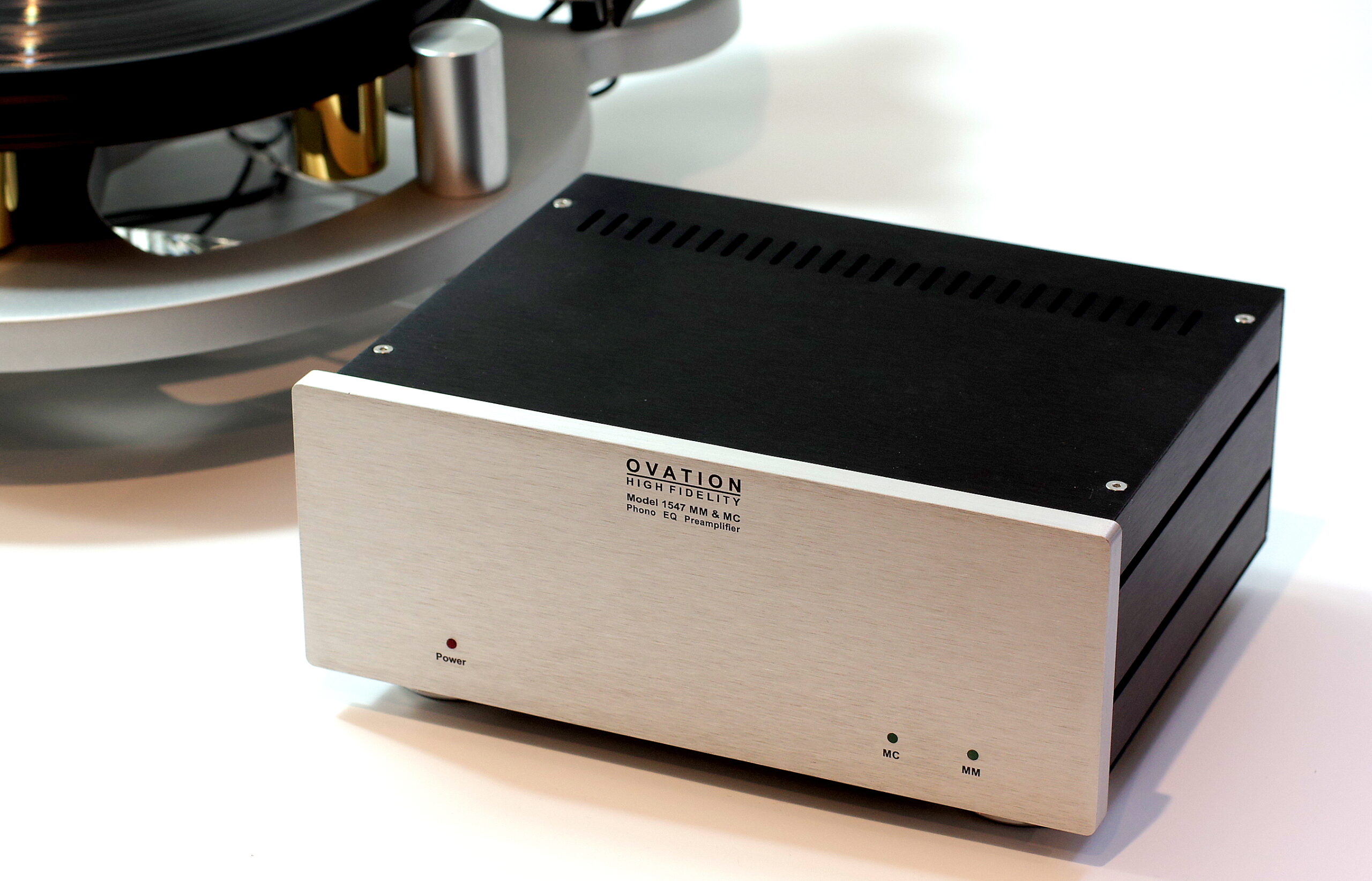Your basket is currently empty!

RIAA Equalizer Amplifier Design
This article explores the fundamental’s of phono amplifier design, culminating in a few practical designs. Special emphasis is placed on overload margins (critical if you want good sonics from your EQ amp), driving the EQ network adequately and noise.
RIAA Equalization Amplifiers V2.0
Below is the RIAA Calculator Excel spread sheet. Please read the article above, before attempting to use the tool below. Once you have calculated your RIAA values, you are strongly encouraged to check your design out using a spice model – I use LTSpice, but any Spice simulator will work.
Here are some guidelines to help you use the spreadsheet tool:-
Here is an excellent noise calculator developed by Stuart Yanniger that allows you to calculate the real world noise of any cartridge. This spread sheet does NOT include amplifier noise, but instead shows just how much noise the cartridge+loading resistor combination produce. For the most part, it far exceeds that of any competently designed RIAA equalizer preamplifier
Comments
2 responses to “RIAA Equalizer Amplifier Design”
-
Thanks for your comments Andre.
I think in the final analysis, there are many ways to implement the RIAA EQ. For low supply voltage systems – like opamps typically +- 15V, I think the all active approach offers the least compromises. Of course, for tube based circuits, passive EQ makes more sense since the available headroom is huge and you need quite high network impedances so you don’t load the anode circuits. I’ve not seen Stan Curtis’s circuit, but personally for noise reasons prefer to go with non-inverting designs. I use Stanley Lipshitz’s equations in the spread sheet. Its a little iterative, but you quickly converge on the right values for accurate equalization.
Regards
Andrew
-
Dear Mr. Russell,
Thank you for publishing this excellent article and spreadsheet.
Back in 1980, Stan Curtis published an article in Electronics Today International (UK) that split the RIAA equalization into 2 inverting stages (75 us LPF and 3180/318 us shelving). The only “problem” is the feed-in resistors that add noise. Even with a low-noise preamp to lift the signal out of the noise, it will have a worse noise performance than a non-inverting active/passive circuit.
I built the Curtis design using TL 074 opamps and it sounded OK (not excellent, just OK) and was much better than what I had from my mass-market receiver. I had another go back in 2000 using LM 837 opamps. It definitely was an improvement. Just recently, I’ve been experimenting with the AD 797 which are better still.
Curtis claimed that the step response of the virtual-earth input frequency-shaping stages sounded better than the non-inverters whose gain couldn’t go below 1. Fixing the glitch with a passive RC LPF (which is what the vast majority of designs do) cannot be better than preventing the glitches in the first place.
Why do manufacturers obsess over signal-to-noise? It is because it is easy to measure as ammunition in the “spec-wars”. You’ll notice that Doug Self (who I greatly admire as an analytical thinker and critic of BS) has a muting circuit based on rumble detection so that with no input, the output is muted. One of the usual informal tests that listeners do is to increase the volume on the power amp with no disc playing and listen for hum and noise. The Self circuit when tested like this will sound amazing!
In Doug’s vinyl book he, I think, states that the noise from the stylus in the groove is only about 40 dB below the program material. I honestly don’t notice the noise from the phono stage even during a quiet bit of the music. The surface noise drowns everything else out.
For calculating component values, I recently came across Wayne Stegall’s website. Wayne is certainly a very clear and rigorous thinker. For my own designs I use the mathematical electronic engineering Laplace Transform approach (not difficult but easyish to make mistakes), Pascal computer simulations of the RIAA emphasis equations and modeled de-emphasis equations, and SPICE simulations (I use eSketch – unfortunately no longer supported by the Canadian developer). The point is, that using the split, active inverting approach, you eliminate the the interactions and iterations required. You can exactly match the RIAA emphasis curves. OK, finding close-enough tolerance components to physically build the circuits may well be the real challenge for “productionised” models. I have a high-precision LCR meter (with Kelvin probes) that makes capacitor selection quite easy.
BTW, your “super-opamp modules” look amazing.
Best Regards,
Andre Routh, Medford, NJ

Leave a Reply